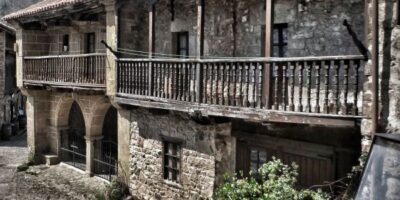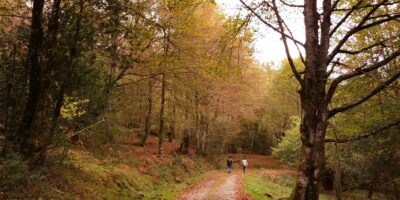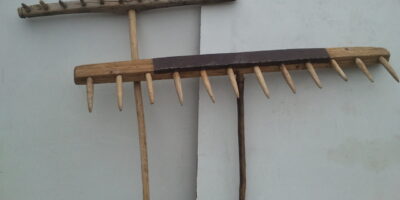The Garauja

The first indications that point to the appearance of the towns of what is now the municipality of Los Tojos, point to the Romans as the indirect creators: these, with the network of communication channels that they organized to be able to access the province of Cantabria, Years later, they created a complex commercial network that linked this area with the entire northern part of Castile.: León, Palencia, Burgos, even Zamora.

The entire basis for this feat lay in the abundance of wood in the lush forests that surround Bárcena Mayor., Colsa, Los Tojos, Saja, Correpoco and El Tojo. Oak, Come on, Chestnut, o Hazelnuts were precious materials in a land that, by the morphology of its terrain, he cannot dispose of them and yet they were essential for his survival.
Obviously, Castilla had something to offer in return: had a climatology and extensions of land in which wheat, vegetables and vines turned out to be, at the same time, precious materials for the Cantabrians who arrived there.

Thus, carts and carts full of wood made in the form of rakes, waiters, dayes, badillos… they left for other lands with the hope of returning with a supply that would last them a whole year.
The father, the mother and the children that would be, loaded the cart or carts and for more than a month, they traveled from town to town Castilian, until they managed to gather enough food: garbanzo beans, lentils, wheat, wheat flour, vino…
Together with the “La Garauja” trade, a guild of craftsmen was forcibly created, of which not even a hundredth part of what it was was left..
As it is well known, engines and machines, have annihilated in a short time, what in another time was a necessity to live and today, with great success, we call art.
The father, the mother and the children that would be, loaded the cart or carts and for more than a month, they traveled from town to town Castilian, until they managed to gather enough food: garbanzo beans, lentils, wheat, wheat flour, vino…
Together with the “La Garauja” trade, a guild of craftsmen was forcibly created, of which not even a hundredth part of what it was was left..
As it is well known, engines and machines, have annihilated in a short time, what in another time was a necessity to live and today, with great success, we call art.

We intend to value and highlight the culture and habits of a people that remains and struggles to remain despite the world: cattle grazing, he milked, the harvest, timber, the garden… constitute values that, paradoxically, they seem to begin to be yearned for by contemporary societies.
Simply by admiring and acknowledging the day-to-day work, a work that has been passed from generation to generation, it can be achieved that this one does not go down in history, that it does not become extinct like so many other things, but give it the consideration of current heritage
Simply by admiring and acknowledging the day-to-day work, a work that has been passed from generation to generation, it can be achieved that this one does not go down in history, that it does not become extinct like so many other things, but give it the consideration of current heritage